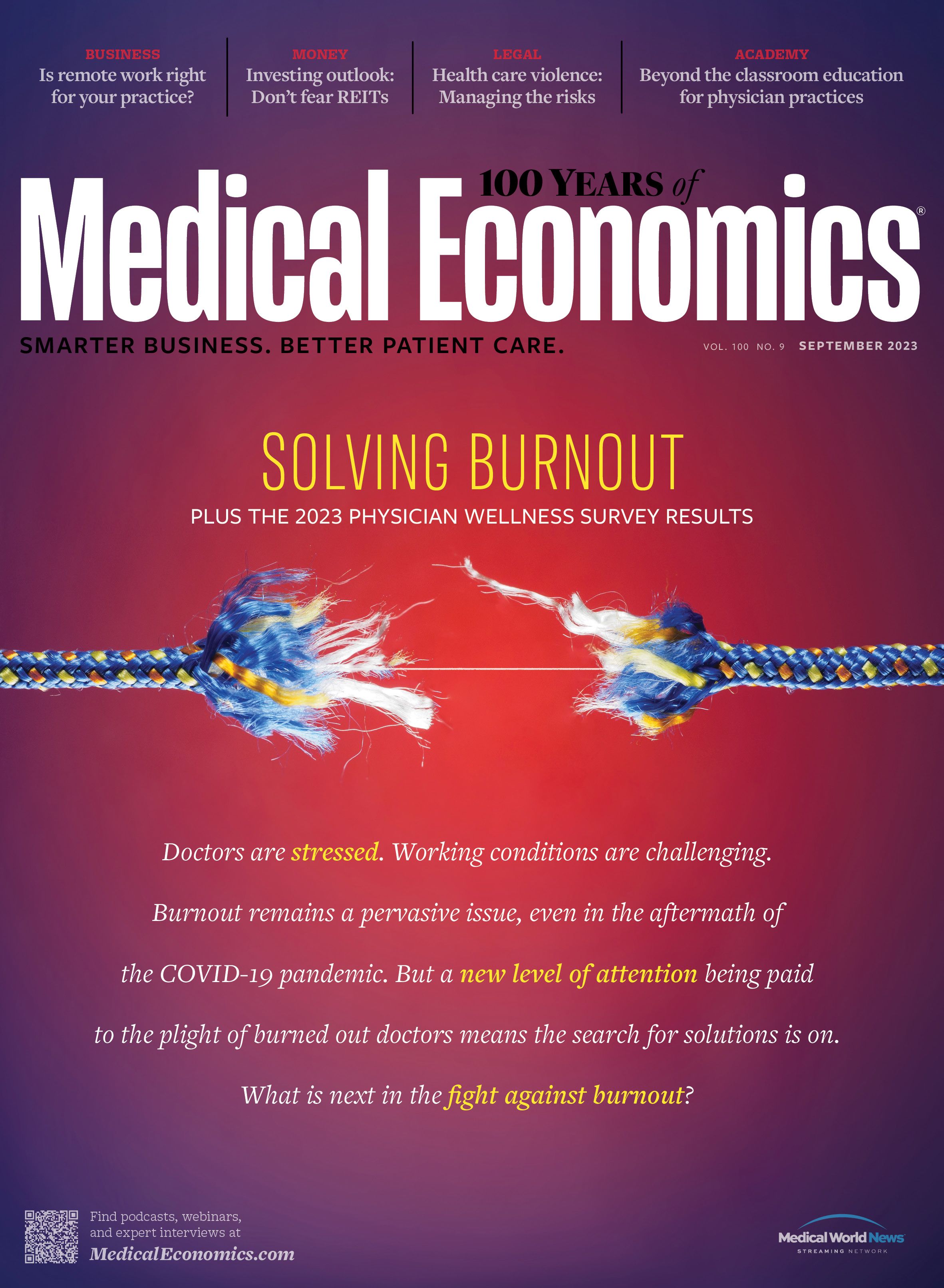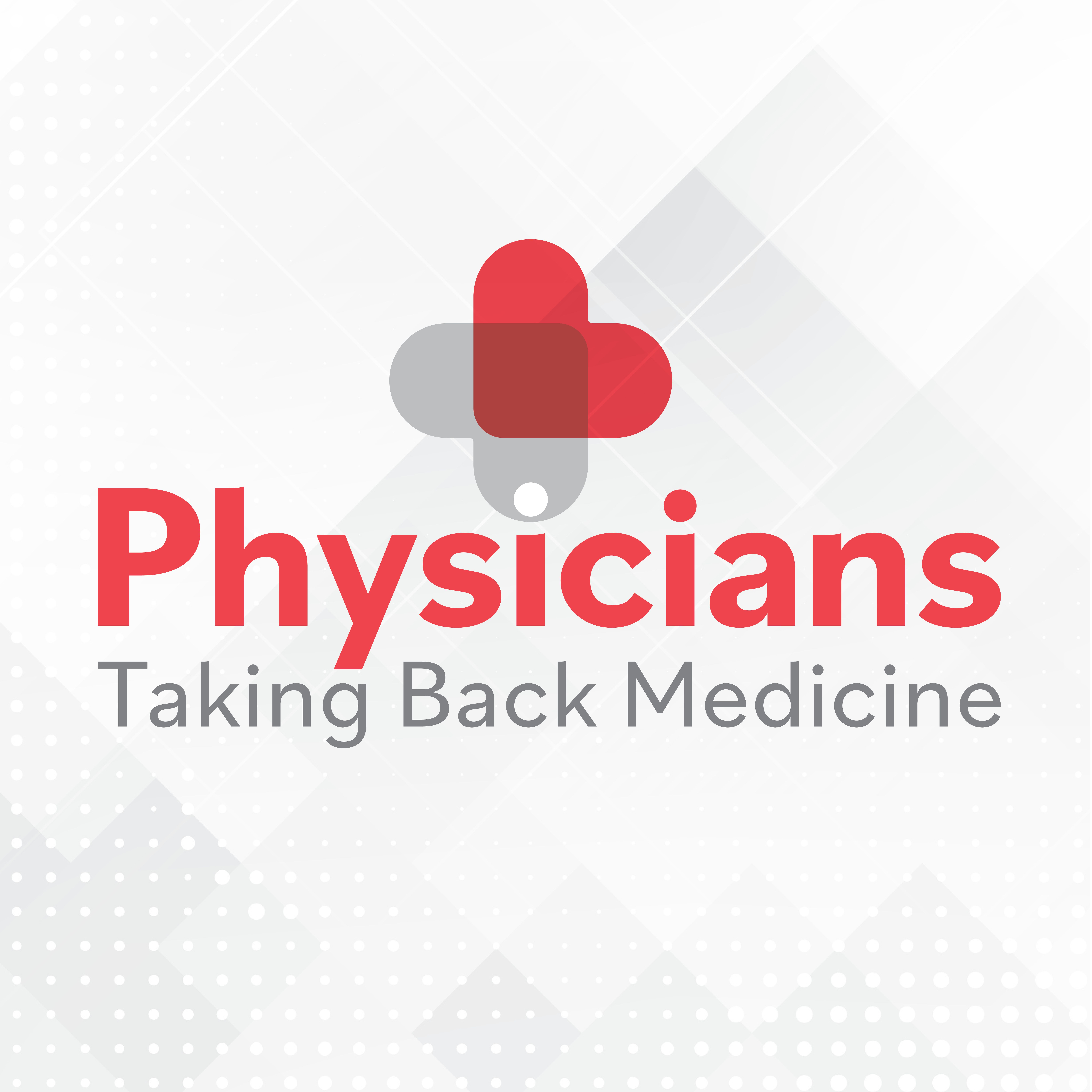Publication
Article
Medical Economics Journal
Reducing the risk of violence against health care workers: Effective solutions needed
Author(s):
Violence against health care workers has almost become a routine, if frightening, aspect of their jobs.
Violence against health care workers has almost become a routine, if frightening, aspect of their jobs.
Peter Reilly: ©HUB International

One professional in North Carolina’s Research Triangle experienced it regularly as an emergency medical technician. After transitioning to nursing in one of the region’s hospitals, he found the violence was even worse – occurring at least weekly. In the worst incident he remembers, a patient had a violent outburst, throwing an elderly woman across the room and injuring 10 others. The offender had been tased twice by security, with no effect.
The problem has only escalated since the pandemic. A nationwide survey by National Nurses United (NNU) last summer of 2,500 registered nurses found that nearly half of respondents said workplace violence had grown over the previous year. That represented a 57% increase from September and an alarming 115% from March of 2021.
But even before the pandemic, violence against health care workers was escalating. The rate of injuries suffered by industry professionals grew 63% between 2011 and 2018, according to Bureau of Labor Statistics data.
A costly state of emergency with no single solution
The situation creates a worsening state of emergency for health care on any number of fronts, not the least is retention, never mind recruitment of qualified professionals – nurses, doctors, aides and service support staff, too.
It also has a big financial impact on the health care system. A 2019 report by Kaiser Permanente on the burden of violence on the system was concerning. In 2017, violence in the U.S. outside the system resulted in 2.3 million emergency department visits and 376,500 hospitalizations, and an estimated $8.7 billion in costs. Add in another $429 million in costs from violence, and the scope of the problem is reinforced. And it’s only worsened in intervening years.
Many interested parties are trying to take action against the problem.
- Organizations like the American Hospital Association continue to press Congress to pass for health care workers the same sort of laws that protect airline employees by criminalizing assault and intimidation.
- Community-based social service groups are partnering with health care organizations. A Springfield, Mass., hospital-based violence prevention program, Better Tomorrow, aims to connect victims with community services and devise preventive strategies. It’s a project of Roca Springfield, which is dedicated to violence intervention in high-risk urban communities, and Baystate Medical Center and funded by a $1 million U.S. Department of Justice grant.
- Kaiser Permanente has taken a focused approach, this year earmarking an additional $25 million to expand the work of its Center for Gun Violence Research and Education.
- Though the Joint Commission’s “Speak Up” program is aligned with patient safety and advocacy, it’s helpful in addressing causes of dissatisfaction (discrimination, care, facts about antibiotics) that may lead to violence.
OSHA steps in
The frequency of violent incidents in health care workplaces has also prompted a response by the Occupational Safety and Health Administration (OSHA). It has convened a working panel to lay the groundwork for a new regulatory framework for violence prevention in health care.
The panel is charged with exploring a variety of topics as baseline concerns, not the least of which is what a “programmatic” approach to a workplace violence prevention standard might entail. But other topics will include hazard assessments, violence control measures, preventive training, and investigations and documentation. One concern is the ability to avoid stigmatizing patients and clients.
The standard would cover about 14 million workers and 300,000 health care establishments, including hospitals, nursing homes and various types of social services. Cost to employers of complying is estimated by OSHA at $1.2 billion annually.
Managing risk of violence takes an enterprise-wide perspective
The risk of violence in the health care environment is only growing in a turbulent environment, but its impact has not yet bled into the cost of insuring against it – availability and cost of general liability (and management liability, to some extent) and workers’ compensation.
That doesn’t preclude the need for management to step up its precautionary training, measures and follow best safety practices.
Development of an enterprise-wide, multi-disciplinary violence program will both manage the risk and advance a culture of safety and quality.
The Joint Commission’s new and revised standards for workplace violence prevention, effective Jan. 1, 2022, provide a best-practices blueprint. Requirements include a violence prevention program managed by a multidisciplinary team and regular education and training on intervention and de-escalation. The emphasis is on prevention, recognition, response, and reporting.
At a basic level, every violence prevention program needs to be built on a better understanding of the risks. The means identifying all the possible triggers (violence from a patient is very different than from an outside intruder) and ensuring appropriate safeguards are in place (like tighter security at ingress/egress points and well-lit parking lots).
It’s challenging to effectively prepare pre-event mitigation plans for situations as unpredictable as those resulting in violence against a nurse, doctor, or hospital aide. Chances are that most health care organizations never included it – or a global pandemic, either, for that matter – in their top ten lists of crises to worry about. There’s no time like the present to re-think that.
Peter Reilly is the practice leader and chief sales officer of global insurance brokerage Hub International’s North American health care practice. He directs and coordinates HUB’s healthcare planning, growth, and strategic initiatives. He also works with other leaders and experts within HUB to develop and introduce proprietary products that will help health care organizations and providers across the care delivery spectrum.






